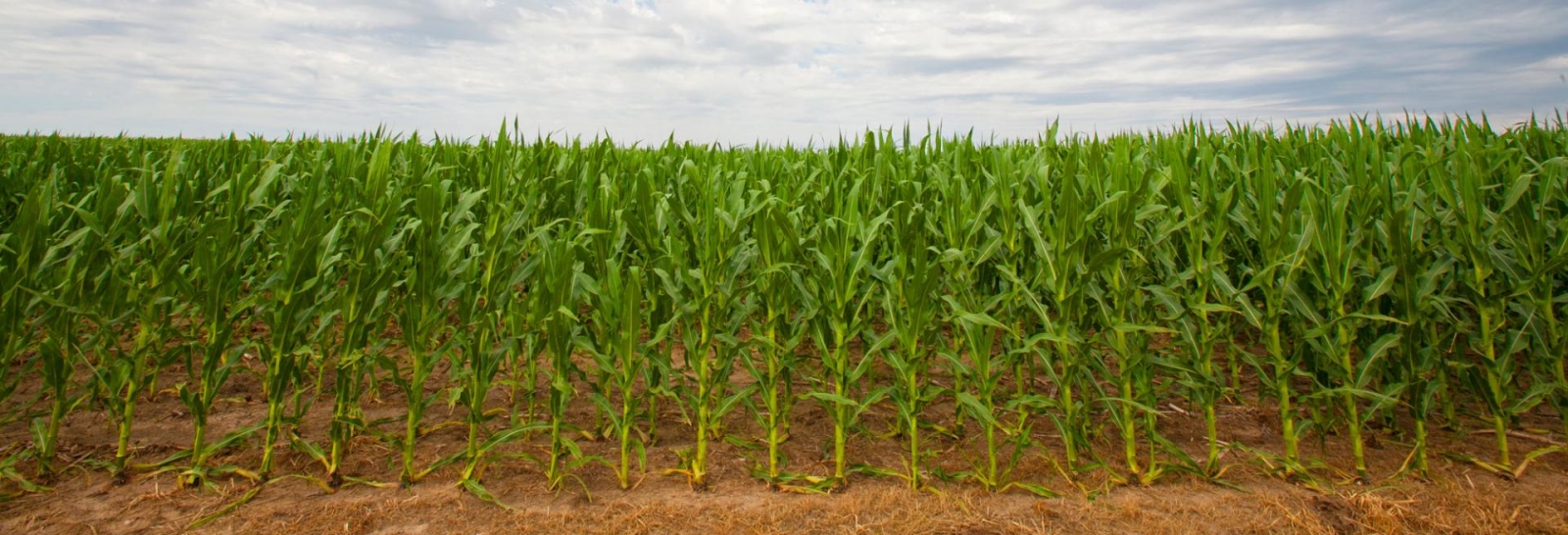November 3, 2009
Note
The presence of visible mold growth on corn does not mean mycotoxins are present, nor does the absence of visible mold growth mean mycotoxins are not present.
Tests are needed to confirm the presence of mycotoxins and identify the type.
Plant pathologists and animal disease diagnosticians at UNL have received many telephone calls this week from people concerned about an aflatoxin problem in the 2009 Nebraska corn crop. The purpose of this message is to try and clarify what mycotoxin problems may be present.
We are not anticipating an aflatoxin problem. Higher than usual aflatoxin concentrations in Nebraska corn are associated with hot, dry weather, just the opposite of what we have this year. We are more concerned about three other mycotoxins in the corn crop: vomitoxin, zearalenone, and fumonisin.
We do not yet know what mycotoxins are present and we will not know until the harvest is further along and samples of grain from this year’s crop have been collected and tested.
Related Resource
Ear Rots and Grain Molds are Common this Year
We do know that some corn still in the field is infected with mold, particularly ear rots. The best action that corn growers can take right now is to survey their fields for the presence of mold infection. If mold is found, identify the specific mold present. Plant pathologists at the UNL Plant & Pest Diagnostic Clinic can help diagnose the problem (402-472-2559).
The presence or absence of visible mold growth does not necessarily mean that mycotoxins are either present or absent. The presence of mycotoxins depends upon several variables, including the specific mold growing on the corn, kernel moisture content and damage, humidity, and temperature. The best way to determine if mycotoxins are present in corn is to have samples analyzed.
We have been asked about blending contaminated grain with uncontaminated grain. If the corn is offered for sale commercially, such blending may be illegal under federal regulations. It depends on the kind of animal to which it is to be fed, and the specific mycotoxin and amount found in the corn.
Laboratory Analysis
Several of the Nebraska laboratories that conduct mycotoxin analyses are listed below. Before submitting a sample, it's recommended that you contact the laboratory for specific details on how to properly collect and submit samples as well as associated testing fees.
Fremont Grain Inspection Department (402) 721-1270
Hastings Grain Inspection (402) 462-4254
Lincoln Inspection Service (402) 435-4386
Omaha Grain Inspection Service (402) 641-6739
For questions related to how mycotoxins affect livestock feed, contact the UNL Veterinary Diagnostic Center at (402) 472-1434.
Additional Resources
More information about mycotoxins may be found in the following NebGuides, which are available on-line at the IANR Publications Web site.
- Understanding Fungal (Mold) Toxins (Mycotoxins), G1513. This NebGuide briefly discusses mycotoxins commonly encountered in grains and feeds used in Nebraska and the mycotoxicoses they cause. Mycotoxin sources and clinical signs, lesions, diagnostic aids and treatment for each mycotoxicosis are listed.
- Use of Feed Contaminated with Fungal (Mold) Toxins (Mycotoxins), G1514. This NebGuide provide guidelines for using mycotoxin-contaminated feeds.
- Sampling and Analyzing Feed for Fungal (Mold) Toxins (Mycotoxins), G1515. This NebGuide provides information on sampling and analyzing feeds for mycotoxins.
Michael Carlson
Diagnostic Toxicologist/Analytical Chemist
UNL Veterinary Diagnostic Center
